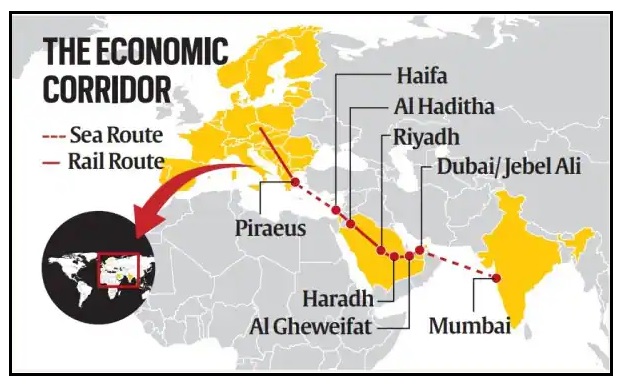7667766266
enquiry@shankarias.in
In the G20 Summit 2023, Prime Minister Narendra Modi on Saturday announced the launch of the historic India-Middle East-Europe mega economic corridor.
To know about the key outcomes of the G20 Summit 2023, click here

Before Common Era
After Common Era
Roman Empire covered from lowland Scotland to the borders of Persia, and from the Sahara to the banks of the Rhine and Danube.

Silk route is an overland trade route stretching all the way across Asia from Xian in China to Antioch in Turkey.
References